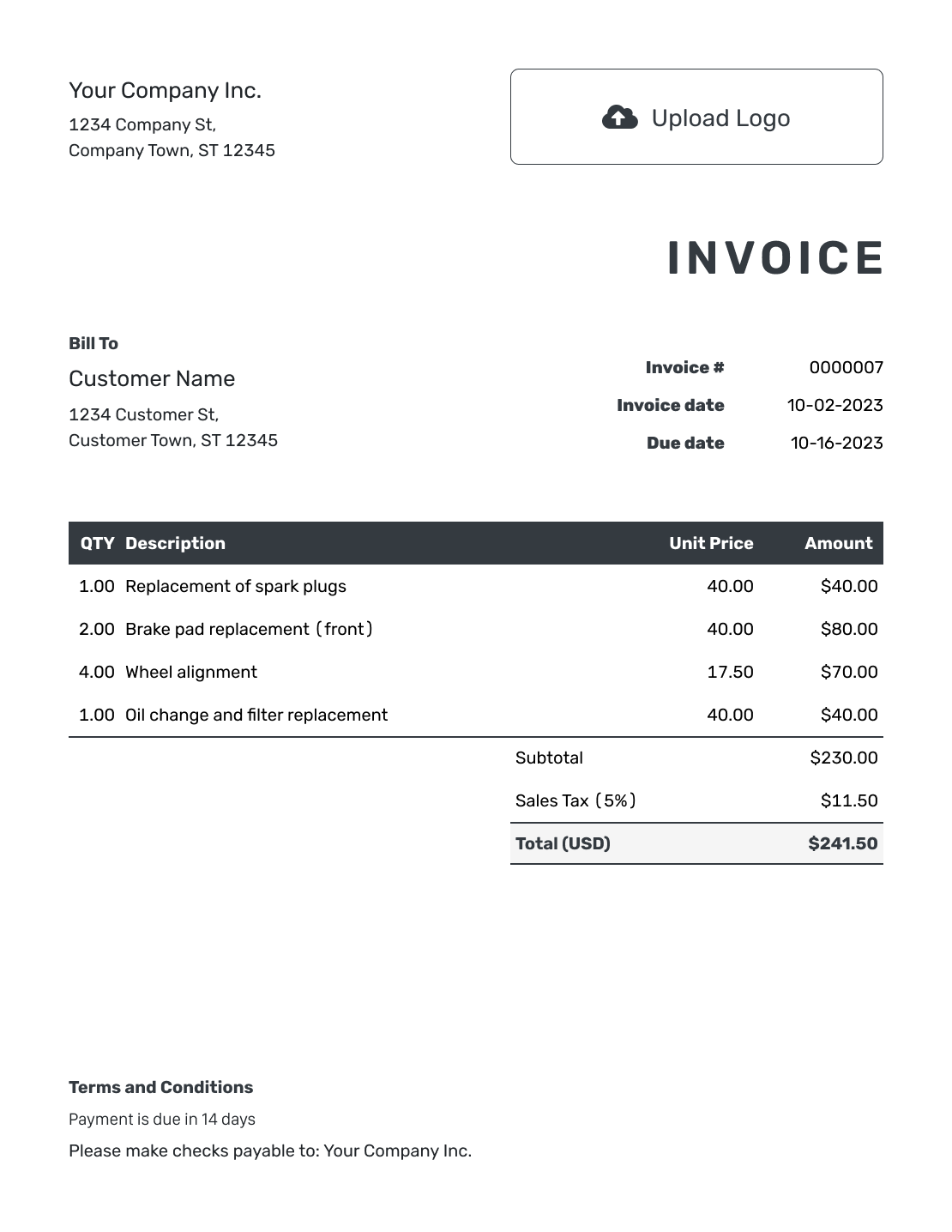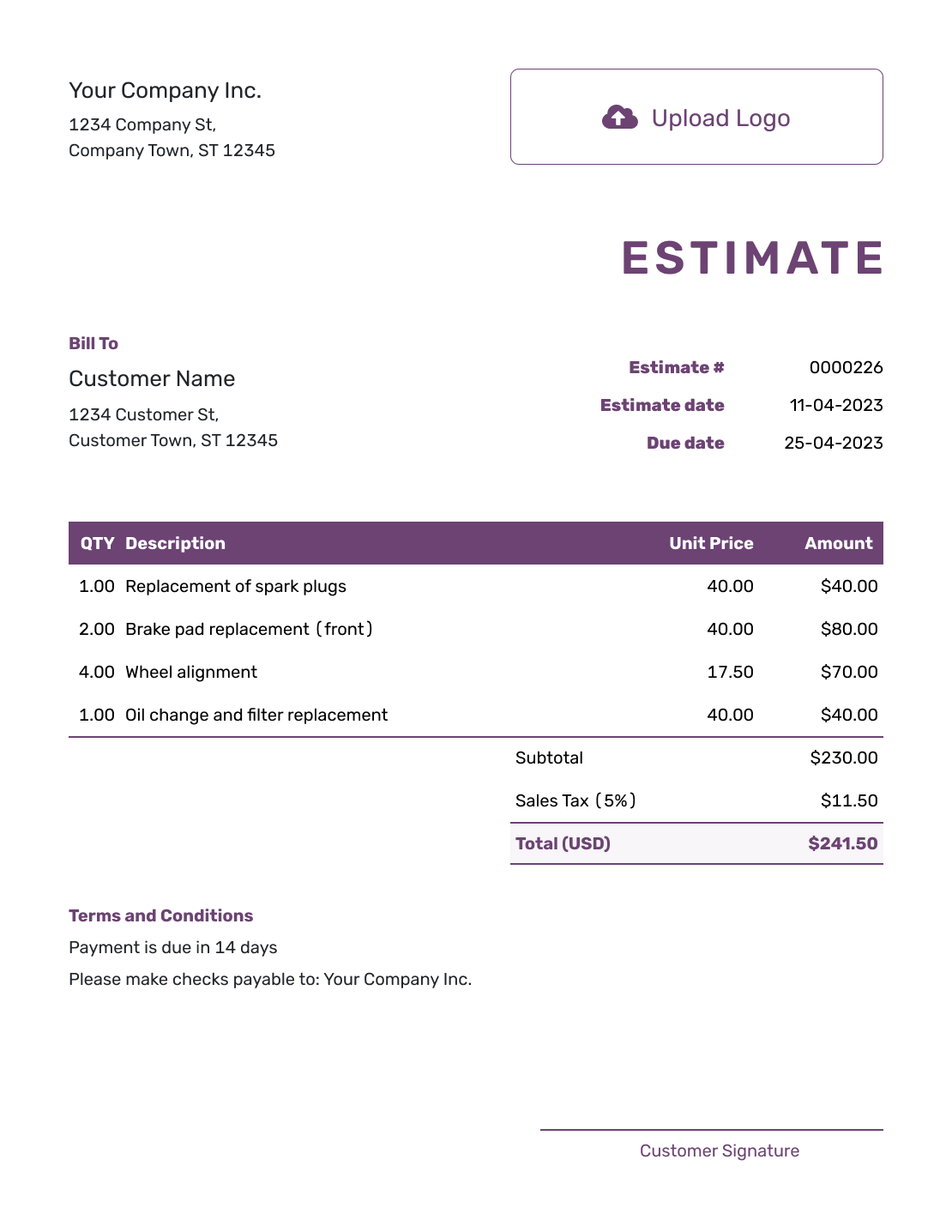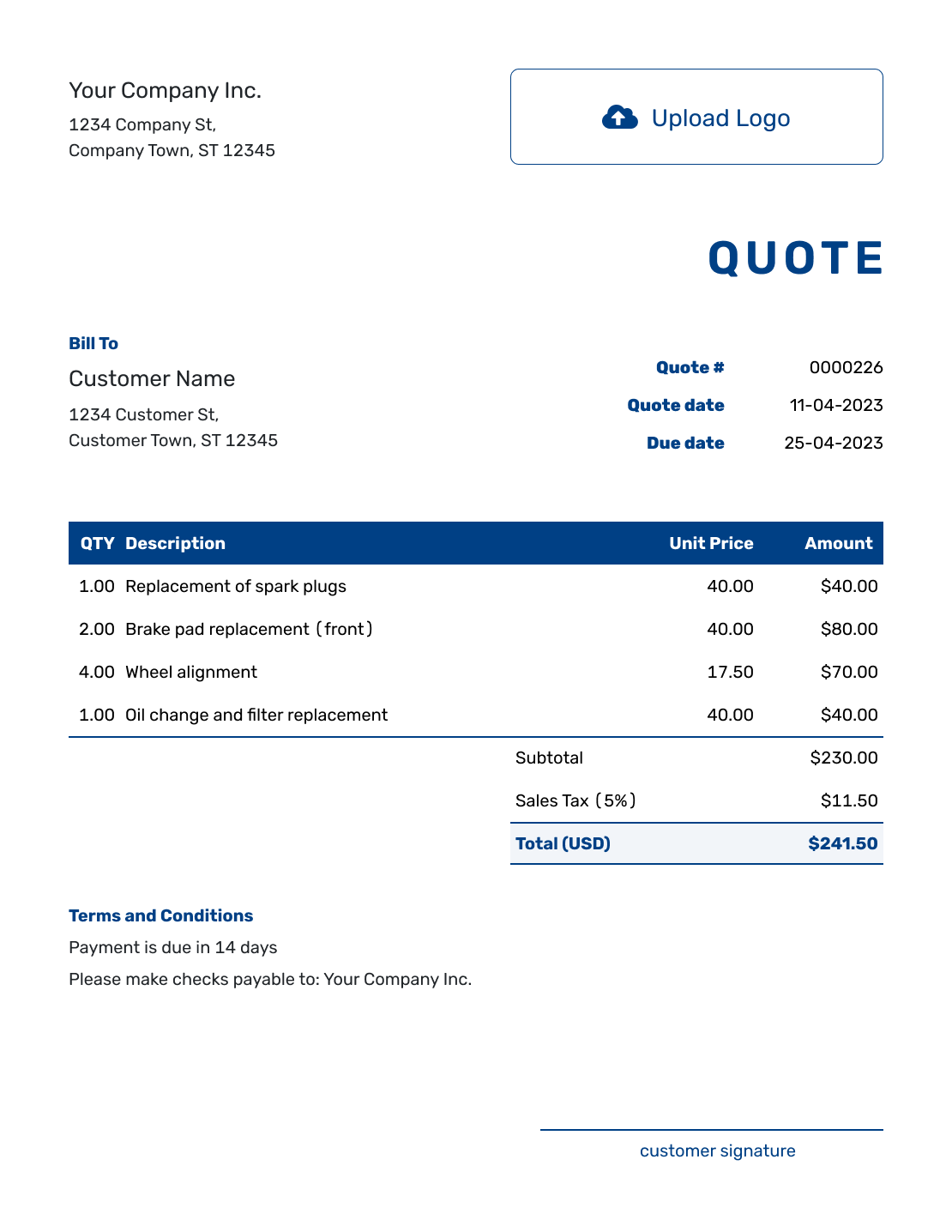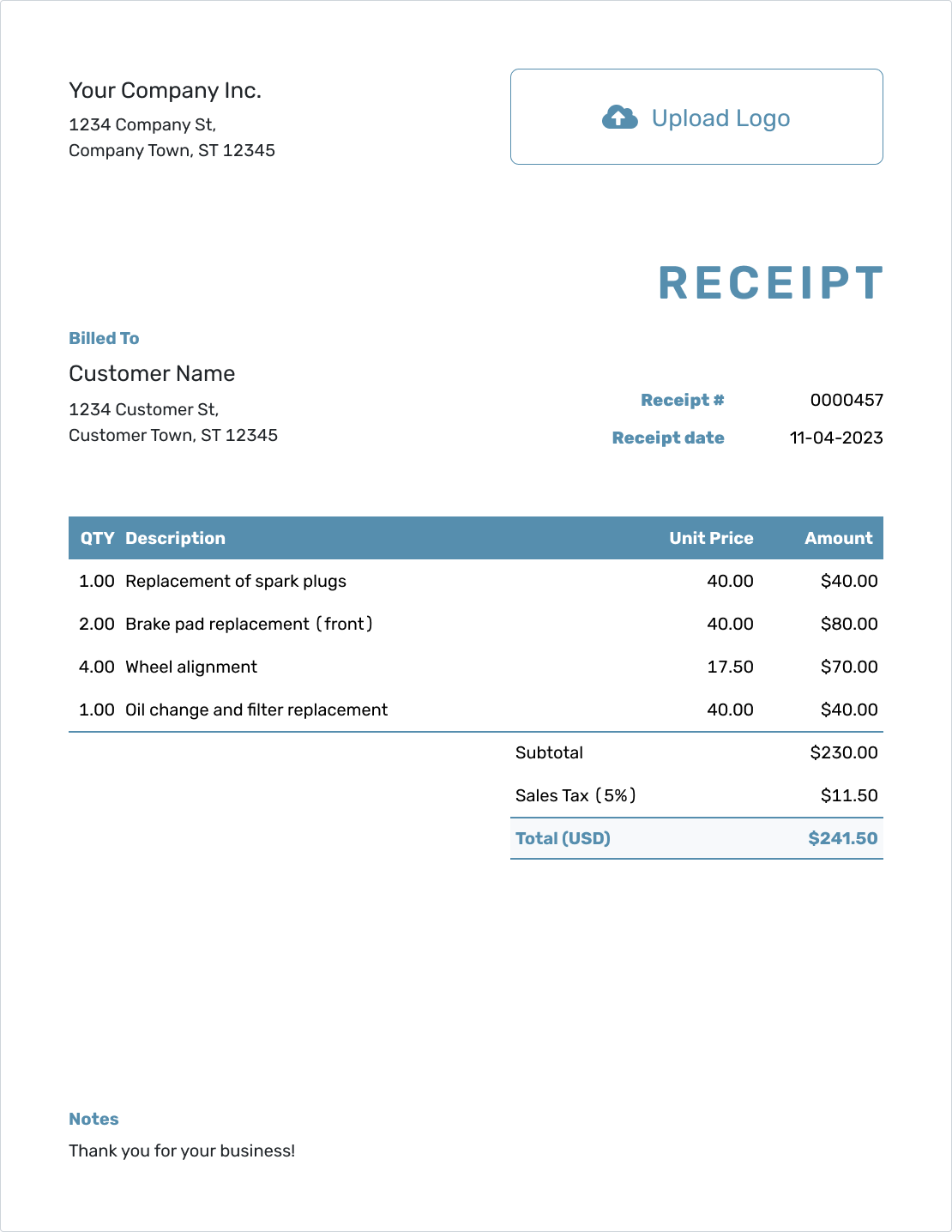Understanding
Long-term Liabilities
Est. reading time: 6 min

Long-term liabilities might sound complicated, but they really just mean the money that a business owes and plans to pay back over a longer period, usually more than a year. It could be for things like loans for new equipment or mortgages on property. These are not the kind of debts you need to pay right away; instead, they’re spread out over time, which can make them more manageable.
What Are Long-term Liabilities?
Long-term liabilities are debts or financial obligations that a business needs to pay off over a period longer than a year. This is different from short-term liabilities, which are debts that need to be paid within a year. Think of long-term liabilities as promises to pay money in the future for things that help the business grow, like loans for new machinery, purchasing real estate, or even funding for expansion.
These kinds of debts help businesses make big purchases without needing all the money upfront. Instead, the company can pay off the amount slowly, over time. For example, taking a loan to buy a new delivery truck means you get the truck now and pay for it over the next several years.
Examples of Long-term Liabilities
Long-term liabilities come in many forms, depending on what a business needs and how it plans to grow. Here are some common examples:
- Bank Loans: Loans from a bank that need to be paid back over several years, often used for major purchases like equipment or buildings.
- Mortgages: Loans used to purchase property, like office space or warehouses, which are paid off over many years.
- Bonds: Sometimes businesses issue bonds to raise money. Bonds are like loans from the public that the business pays back with interest over a set period.
- Lease Obligations: Long-term leases, such as for office space or equipment, can also be considered a liability if the company is committed to making payments over a longer term.
These are the kinds of liabilities that help a business grow and expand without having to pay everything all at once. By spreading the cost over time, businesses can use their available cash for other important needs.
Why Long-term Liabilities Matter
Long-term liabilities are important for any business because they provide the means to grow and invest in the future. By borrowing money now, a business can purchase the things it needs to expand, like new equipment or more space. Without these liabilities, many businesses would struggle to grow beyond a certain point.
However, managing long-term liabilities is also about balance. Too much debt can be risky because it means more payments and more interest, which can hurt cash flow. It is important for a business to keep a healthy balance of assets and liabilities, ensuring that they can meet all their financial obligations without running into trouble.
Understanding long-term liabilities can also help business owners make better decisions. For example, if a company is looking to expand, knowing how much it already owes helps determine if it can afford to take on more debt. It’s about finding that sweet spot between growth and stability.
The Docelf Advantage
Docelf helps you manage your business smoothly by providing easy tools to keep track of your finances. With Docelf, you can:
- Create Invoices: Send professional invoices to your customers in just a few clicks, helping you keep the cash coming in.
- Generate Quotes and Estimates: Provide clear, accurate quotes to your customers, making it easier to secure new business.
- Stay Organized: Keep all your invoices, estimates, and quotes in one place so you can always know where your finances stand.
Ready to make managing your business finances simple? Docelf is here to help you stay on track and grow confidently. Try Docelf today!




